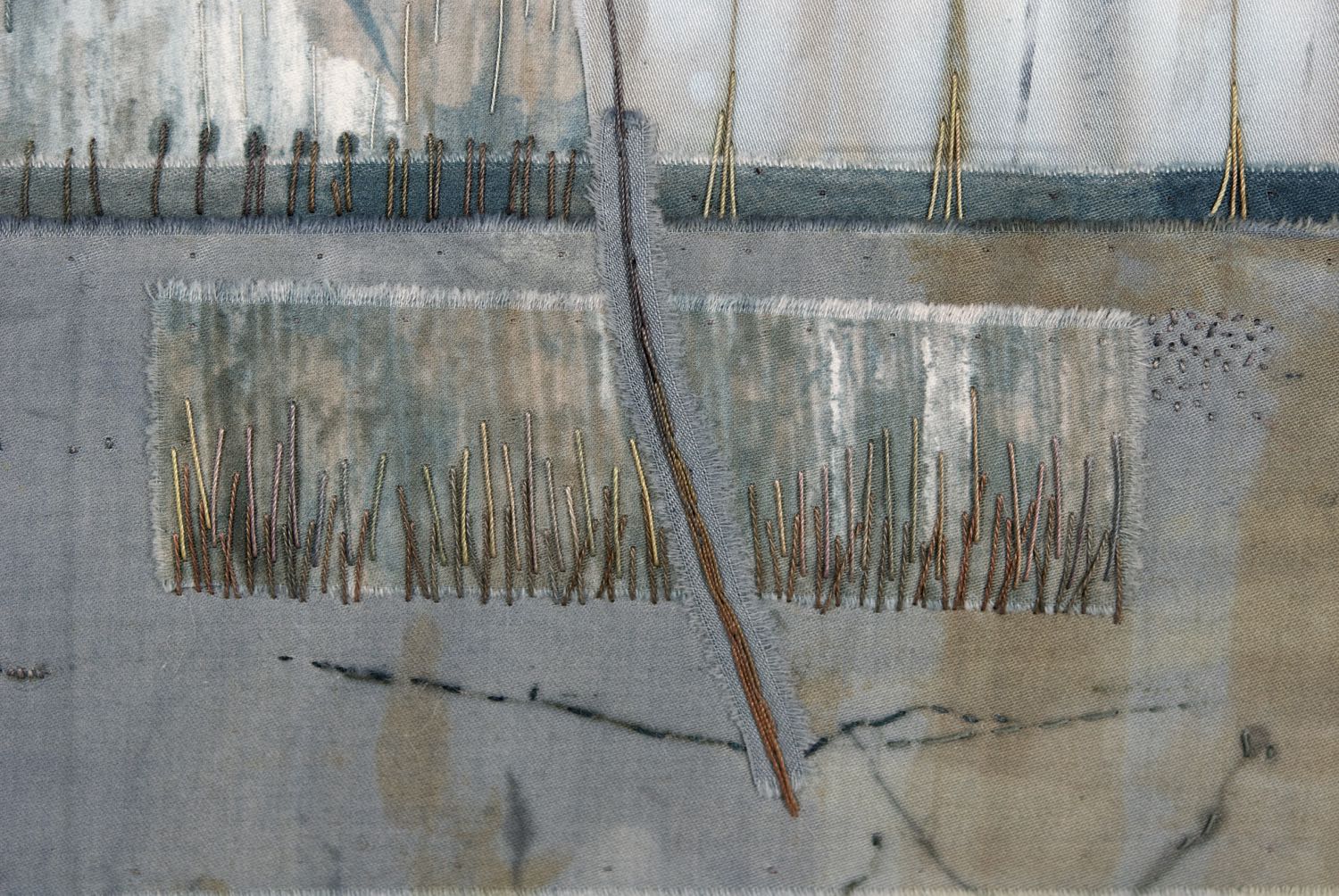I still have work to finish but in between I've been working in this sketchbook. I normally prefer to work on loose sheets of paper but I thought it would be interesting to work into a book for a change. So far I am finding it more restrictive but on the other hand I like seeing the lines of thought emerging.
The pages below are from last week. I'm just trying things out. Testing ideas, ways of looking at things. I've been working from photographs of estuaries and marshes, making quick drawings and collages. Then cropping some of these, or turning them round, to look at them in different ways.
I've also been playing with words. This helps me to find connections and associations that I don't necessarily get from the drawings.
I always have several sketchbooks or notebooks on the go. The two main ones are my journal, in which I reflect on things I've done, seen, read, heard. The other is my studio sketchbook, which contains technical notes, sketches and photos of work in progress, random ideas to try, dye calculations, lists and plans. These two are my working books. They are not pretty but they're the most important to me. Then there is my dye book, which contains swatches and records of all my colour experiments, and there is a shibori book, which records outcomes of various physical resist techniques. At the moment there is also my daily mark-making book - I'm now on the third of these.
Sometimes all these things can seem disconnected from each other but it's all research.


















































































